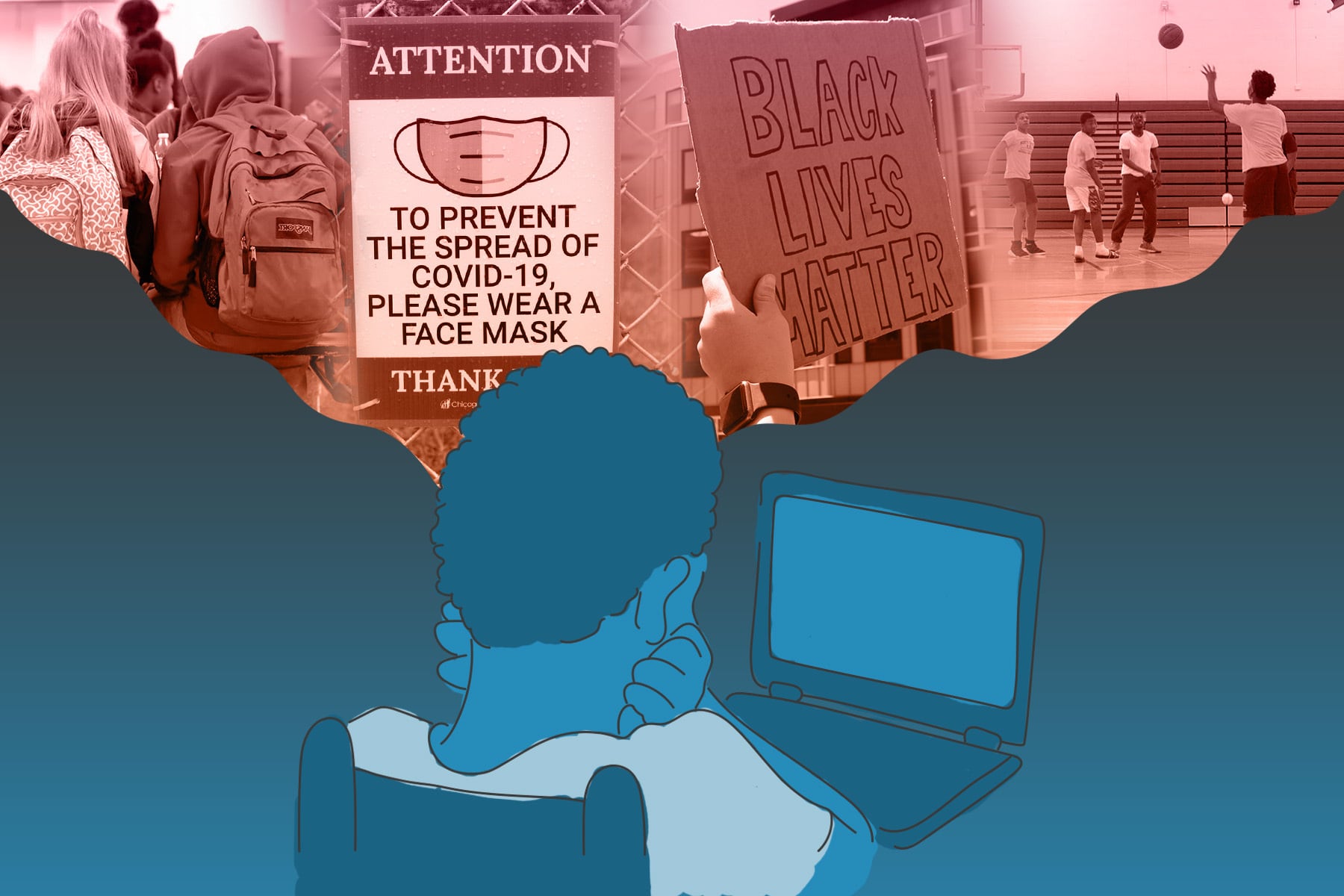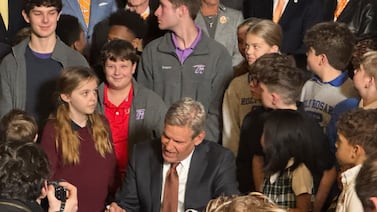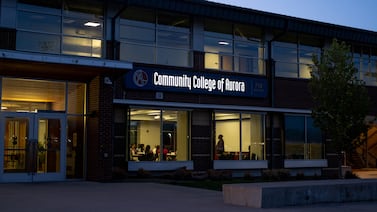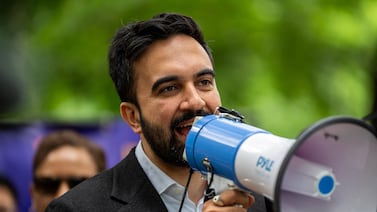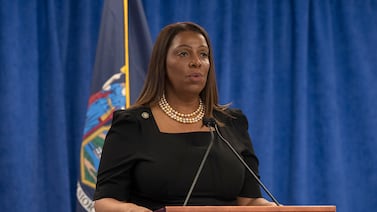They are juniors and senior student leaders from Chicago’s South Side who witnessed those close to them suffer compounding blows from COVID as their own day-to-day routines and plans were upended overnight.
The students at Instituto Health Sciences Career Academy — a charter school on the city’s South Side — struggled to find motivation to do school work, saw their social groups and relationships change, grappled with the reality of virtual learning and a remote college application process, and searched for new ways to care for themselves physically and mentally.
At a panel discussion Thursday night hosted by the academy, the nonprofit student action group Mikva Challenge and Chalkbeat Chicago, the teens dove deep into how it felt to be a student in 2021, described what they’d done to cope, and made specific recommendations for how adults can best support them now.
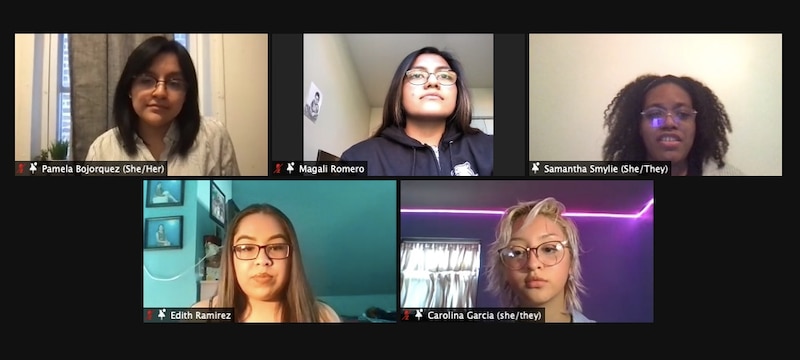
Carolina Garcia, a junior at the charter academy, described a year where she shaved her head, then dyed her hair a different color every week. “I really tried to control what I could,” she said, describing the toll of the pandemic and isolation on her well-being.
Students will need grace and extra support as they transition from more than a year of remote learning back to classrooms this fall, Garcia said. That could include offering summer “training academies” for students by grade — similar to multi-day or multi-week Freshman Connection programs that provide an academic and social icebreaker before school starts — but expand them to upper grades. Seniors, she said, could be incentivized with service hours to offer tours and serve as mentors.
She also advocated for schools to rethink strict discipline and grading policies this fall and for mental health staffing to include licensed therapists who can provide counseling on-site. “It will need to be OK for us to mess up,” Garcia said.
Pamela Bojorquez, a senior, said schools need to recognize the disruption that the pandemic has had on the college application process and how parents and students approach it. Schools must start earlier with helping students get ready — and make more of an effort to help Spanish-speaking parents understand the process and how best to help their children.
“Many parents of our students are Spanish speaking,” she said, “and it’s important for schools to include them and let them know what the process is like, so they can help their children and support them.”
An Instituto counselor helped Bojorquez remotely with aspects of the application process, she said, but she struggled when she needed specific questions answered in the gauntlet of forms, submissions, and essays. Take the federal student financial aid form. To find answers to her questions, “I had to take it upon myself and use TikTok, YouTube, and Reddit. (Online) I found a community that gave me tips on filling out my FAFSA.”
Bojorquez, like the other panelists, stressed the importance of providing more mental health services to students. The teens brainstormed the need for additional counselors, therapists, and more informal outreach from teachers — but when Bojorquez offered up the idea of therapy dogs, the discussion chat took off, with students and adults alike heralding the concept.
“Dog therapy would help students with emotions, considering how this year has been tough for everyone,” she said. “It would help alleviate stress and help with the many ways school stresses (students) out.”
The students live in and around the neighborhood where Adam Toledo, a 13-year-old Chicago student, was recently shot and killed. Particularly in neighborhoods where there has been gun violence, students need extra help, said Edith Ramirez, a junior. “Some students have felt pressure or anxiety or have lost motivation.”
Magali Romero, a senior, suggested that high school educators this fall start the year with discussion seminars about the impact of the pandemic, the country’s racial reckoning and the Black Lives Matter, and gun violence, so that students can process and build community.
“I am aware of concerns about academic loss but students’ mental stability is far more important,” said Romero.
The Instituto senior also had a plea for the adults in the room: Put students on the school board to provide on-the-ground perspectives about what’s happening in schools. “As adults, you may think that you have all the answers — but, respectfully, I don’t think that’s always the case.”

